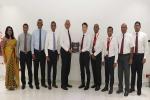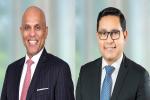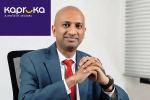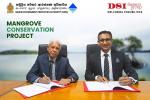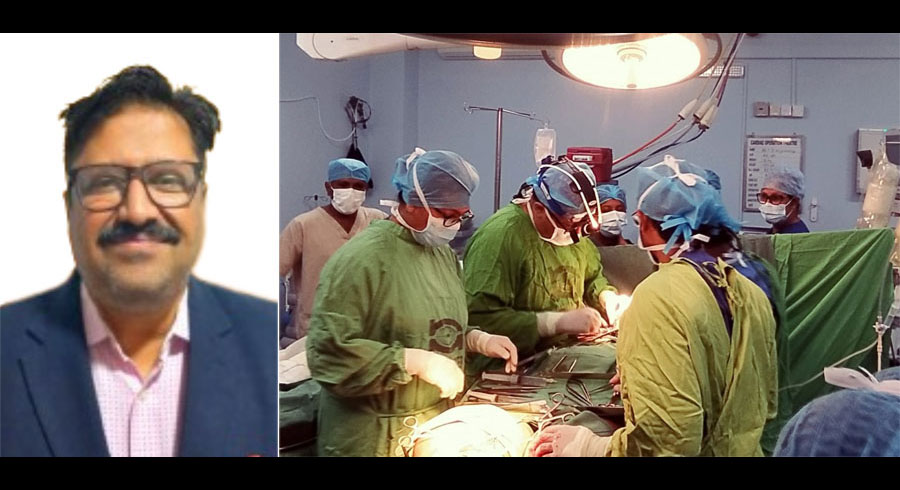According to Dr. R. Krishnanad Pai, a veteran Cardiac Surgeon at Nawaloka Hospitals, the recovery phase of patients who underwent such surgeries is just as important as the overall procedure.
Patients and relatives are concerned about the recovery after cardiac surgery.
Common questions pertaining to resumption of daily activities, returning to gainful employment and restrictions and modifications to normal lifestyle after this major surgery are on everyone’s mind.
Recovery will differ from patient to patient and is based on various factors.
About 75 percent of patients will have a set pattern for recovery and that is what we are discussing today.
Recovery starts on the first day after surgery.
Patients will be placed upright on the bed and oral clear fluids will be given.
A physiotherapist will guide the patient on simple breathing, and limb exercises.
On day 2, the physiotherapist will gently mobilize the patient around the Intensive Care Unit before shifting to ward.
In the ward a period of intensive physiotherapy starts with breathing exercises and mobility being top priority.
After initial guidance of the physiotherapist, patient can start doing the exercises supervised by family by day 4.
Patients need to wear a chest binder to support the chest allowing the sternal bone to heal fast.
On successfully completing the stair climbing ion day 6, patient is ready for discharge.
At home the patient is encouraged to eat a light wholesome meal with a mild reduction in the salt content.
Junk food, alcohol, smoking, and processed food are strictly avoided.
Non vegetarians are encouraged to eat egg, fish and chicken and to avoid red meats for at least 2 months.
Daily walking and gentle exercises on the arm are encouraged.
Weight lifting and cardio workouts, is best avoided for 2 months till sternum heals well.
Patients involved in a sedentary job can restart work after 6 weeks while those engaged in hard labor, best wait for completion to two months before slowly returning to work.
Strenuous physical intimacy with partner is best avoided for 3 months till full recovery.
Common problems encountered by patients include, pain, constipation, poor appetite, less sleep, swelling of feet and feeling depressed.
At discharge, the surgeon will prescribe adequate painkillers.
About 95%patient are comfortable when painkillers are taken regular for the prescribed period.
If pain recurs or is unbearable it is wise to review with surgeon again.
Constipation meaning difficulty in passing stools is due to a combination of major surgery, and use of painkillers.
At discharge, patients will be prescribed medications for constipation.
Additional measures include a regular diet high in natural fibre, bananas, drinking recommended portions of water and regular light exercises to alleviate constipation.
Patients can lose up to 5 kg of weight in the first two weeks after surgery.
It is best addressed by a healthy home cooked diet with high fibre and not deviating from the traditional diet the patient was used to before surgery.
Most people wrongly, restrict use of spice and oil in the diet, resulting in a bland diet which in itself is a not tolerated well by patients.
Decreased sleep is usually common but tends to get better as patient goes home.
Light exercise specially in the evening and avoiding sleeping during daytime will help improve sleeplessness.
Swelling of the leg where the vein is usually harvested, can persist for the upwards of six weeks after cardiac surgery.
It can be managed by regular exercise and wearing a compression stockings.
Elevating the legs onto a stool when sitting also helps..
Depression of varying intensity is seen up to 15% of patients after cardiac surgery.
Major surgery, change in normal habits, pain, loss of sleep and appetite, and anxiety about regaining accustomed lifestyle and gainful employment are common reasons.
Regular exercise, healthy diet, lots of social support from relatives, friends and of course the surgeon help to motivate and encourage the patient till a sense of normality returns.
This is not an exhaustive list and there might be specific concerns which vary from patient to patient, which is best discussed with the surgical team.
